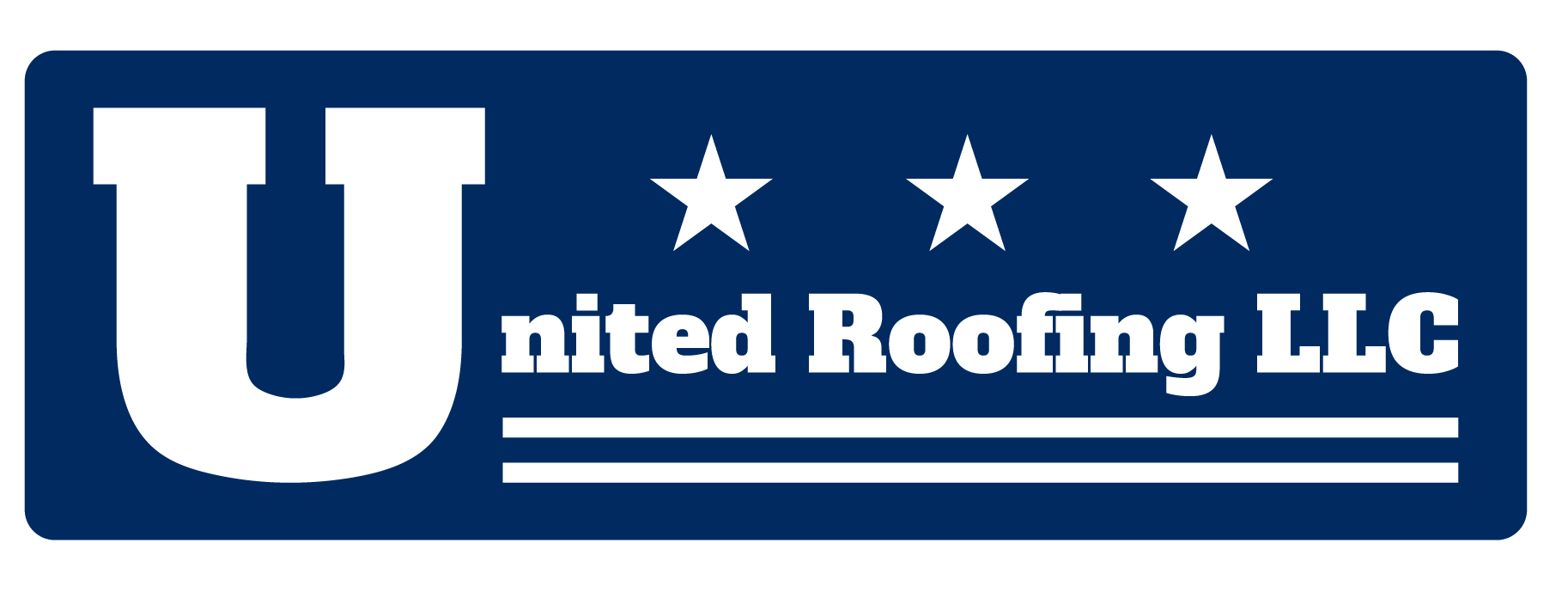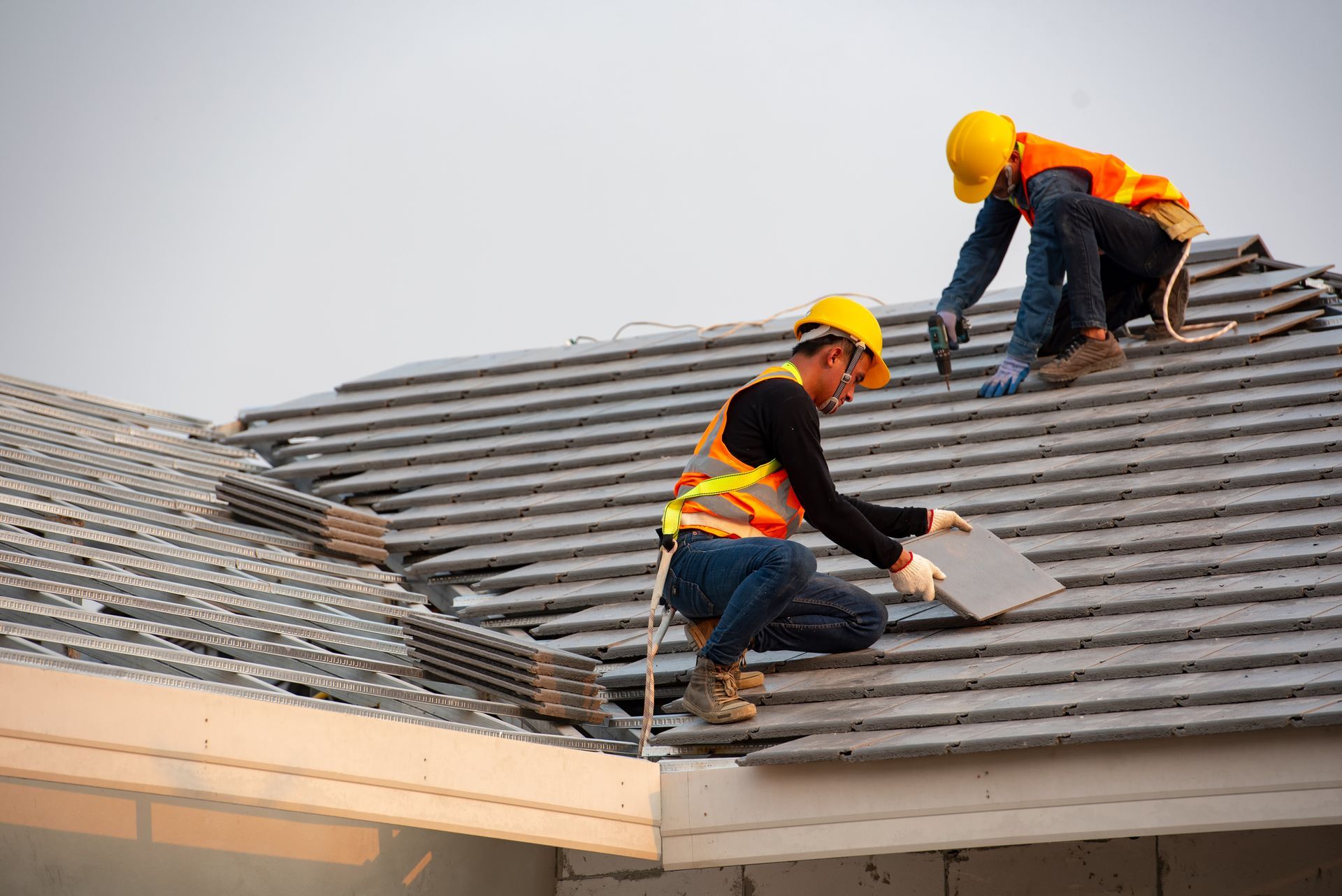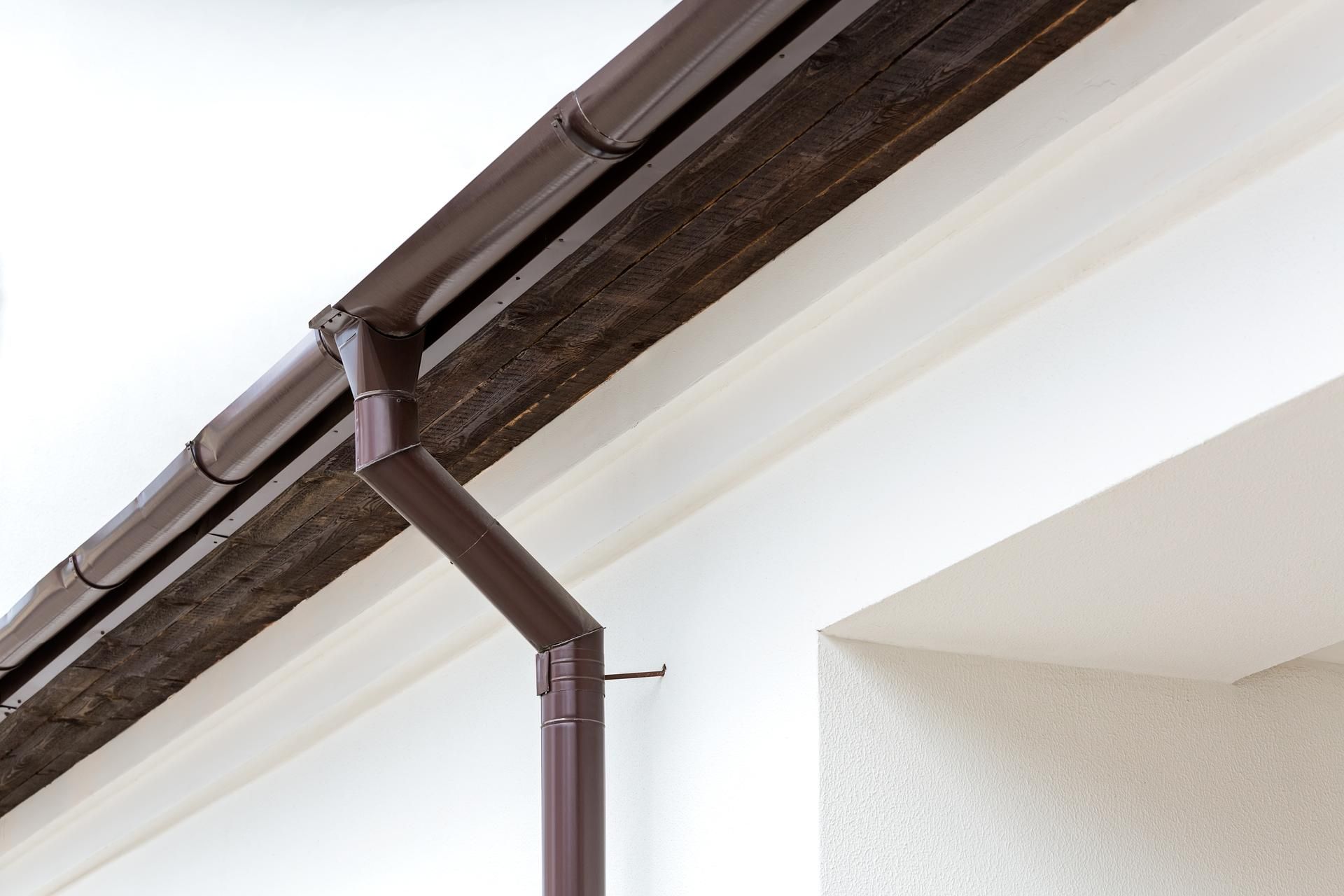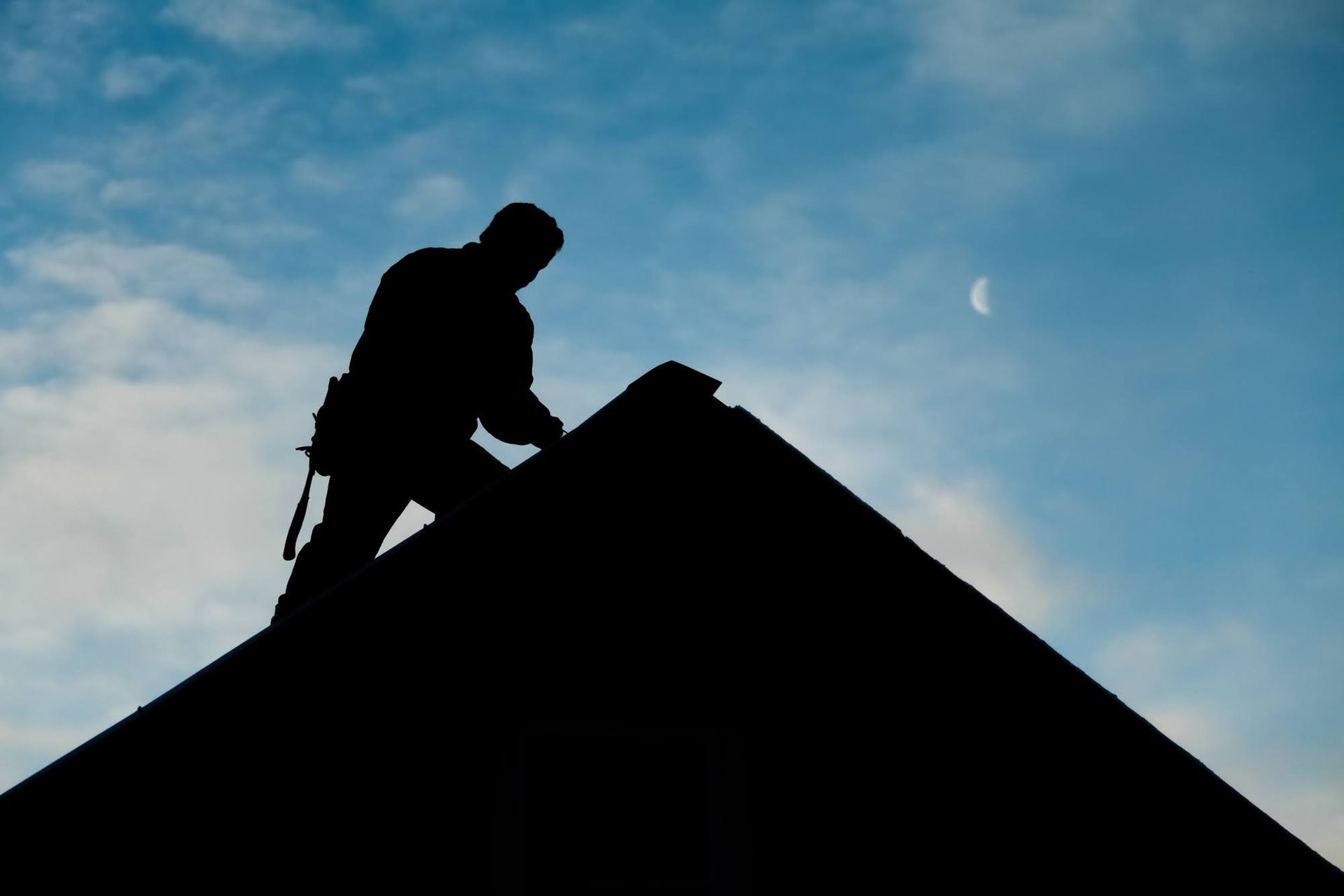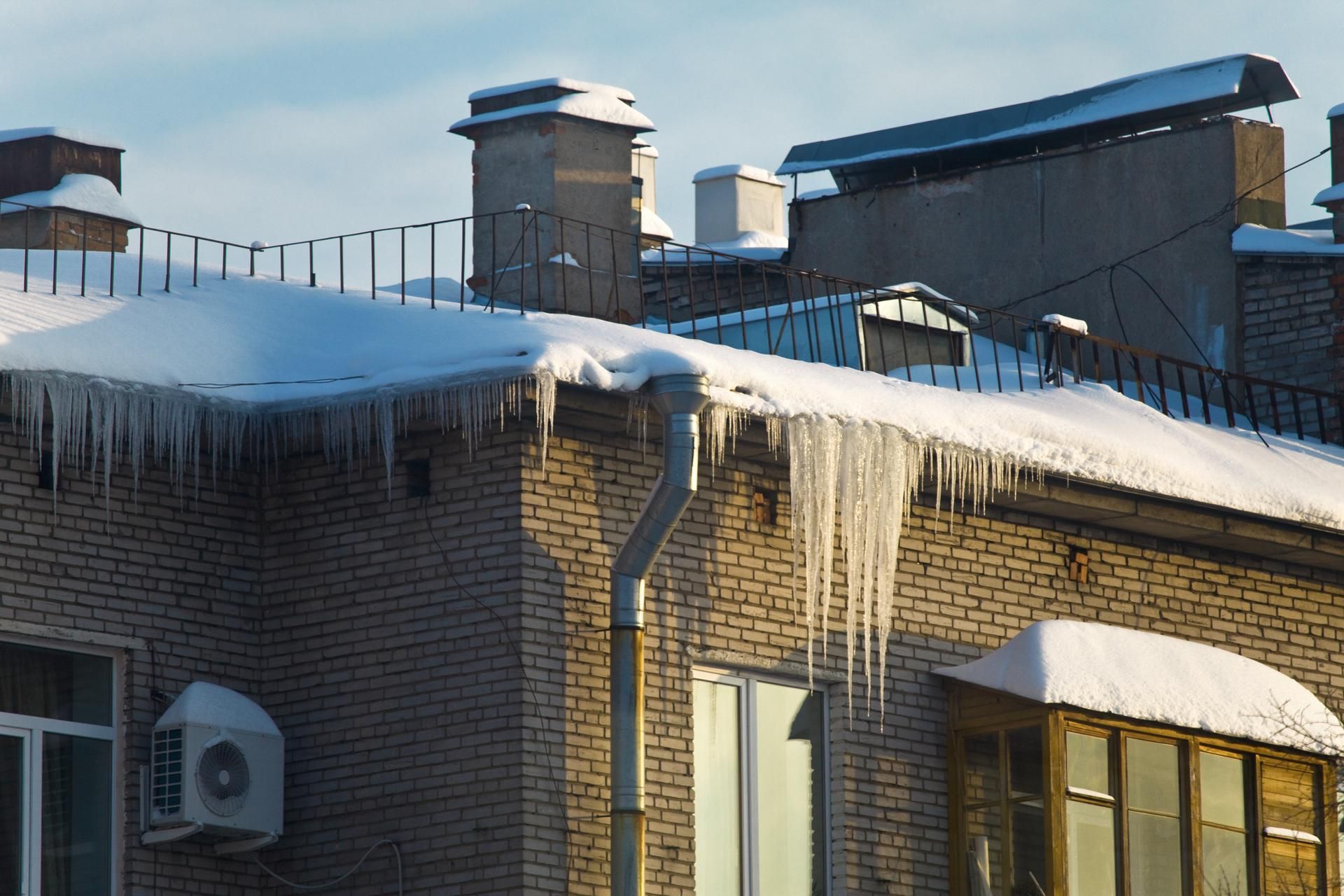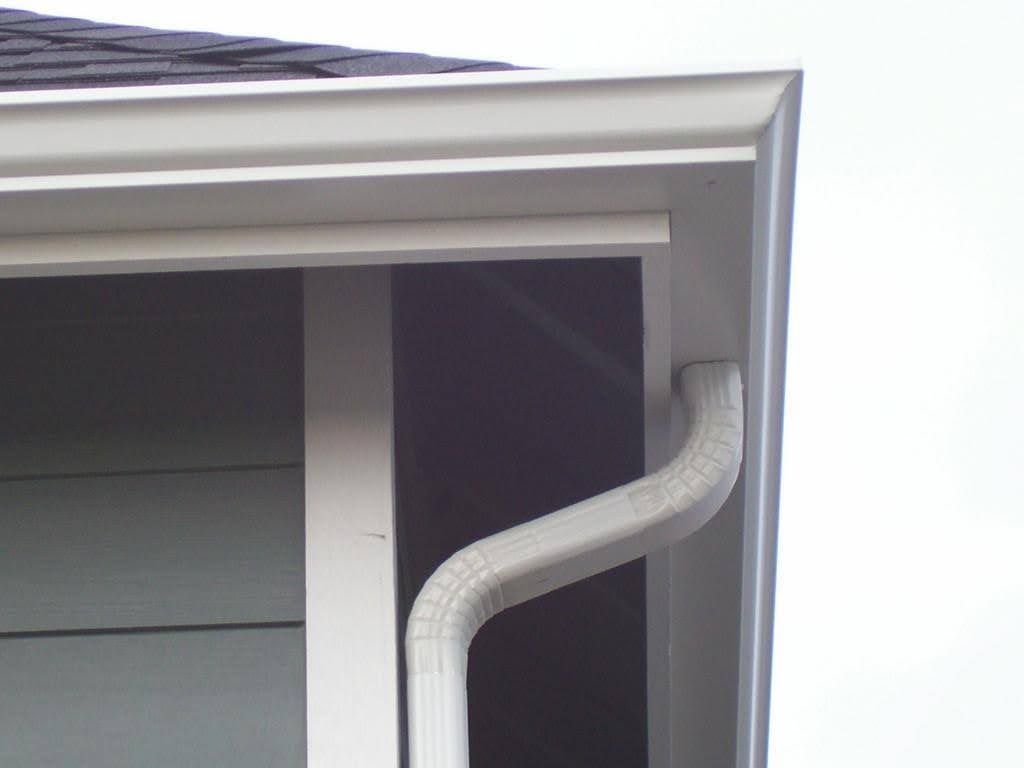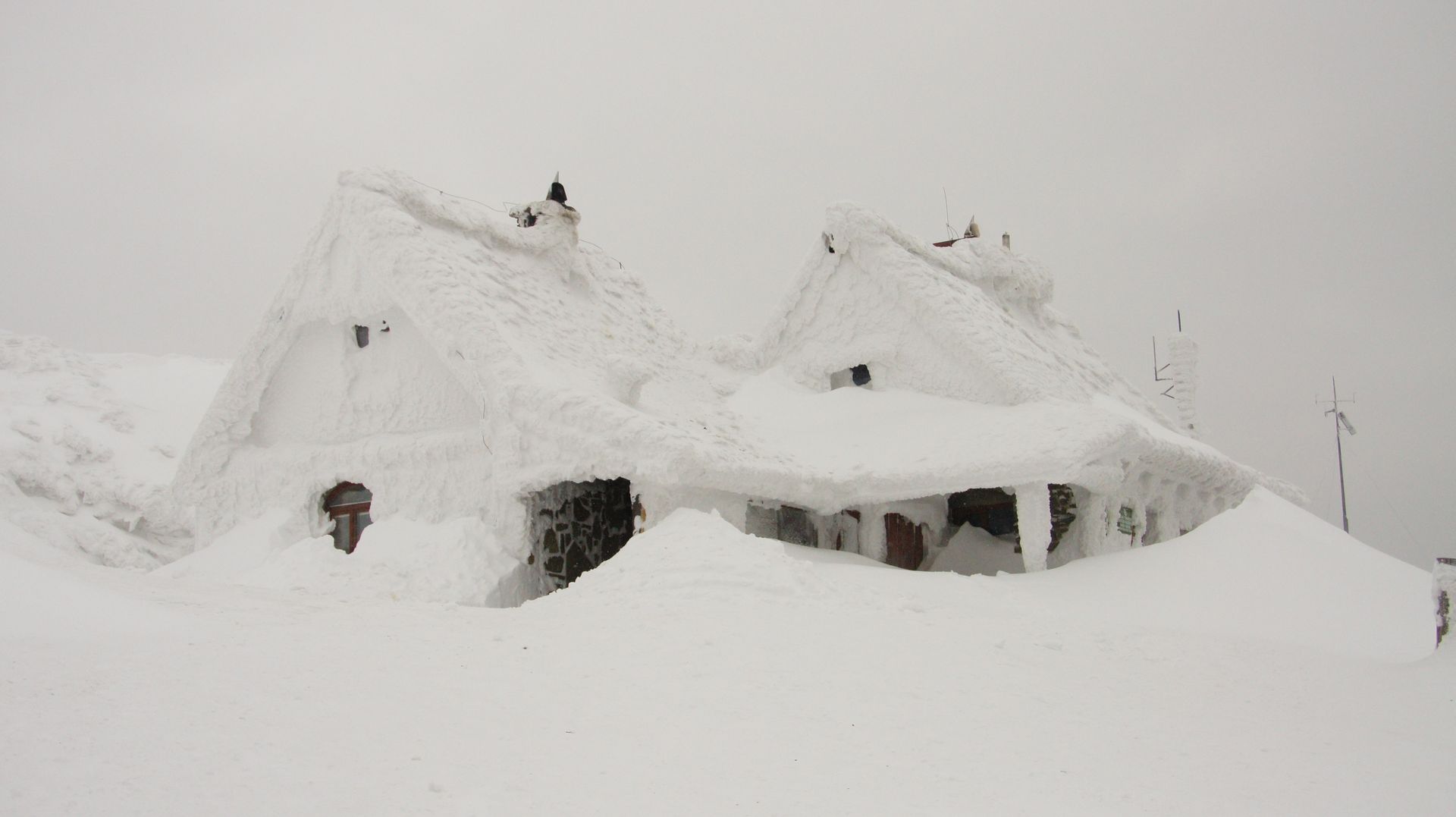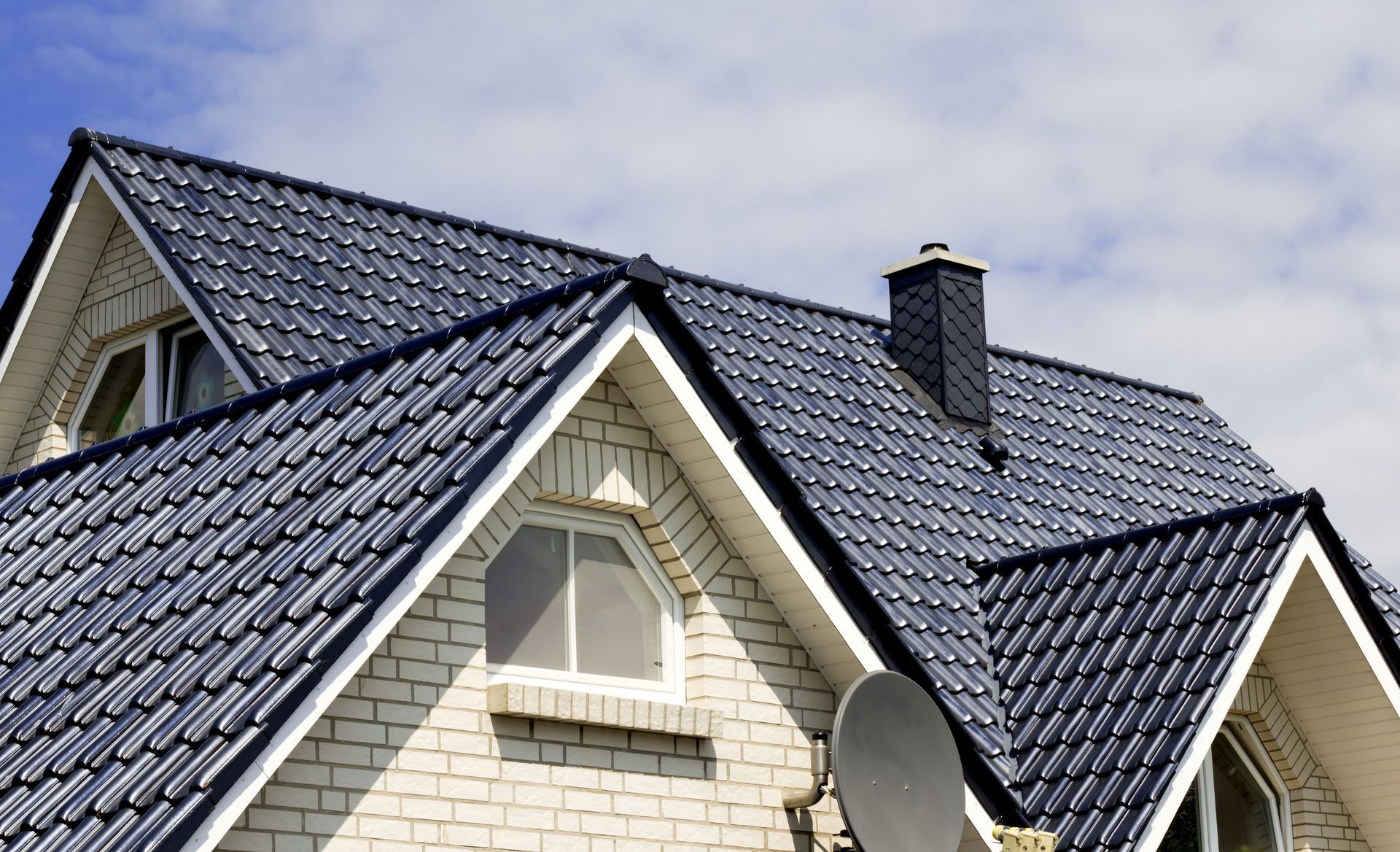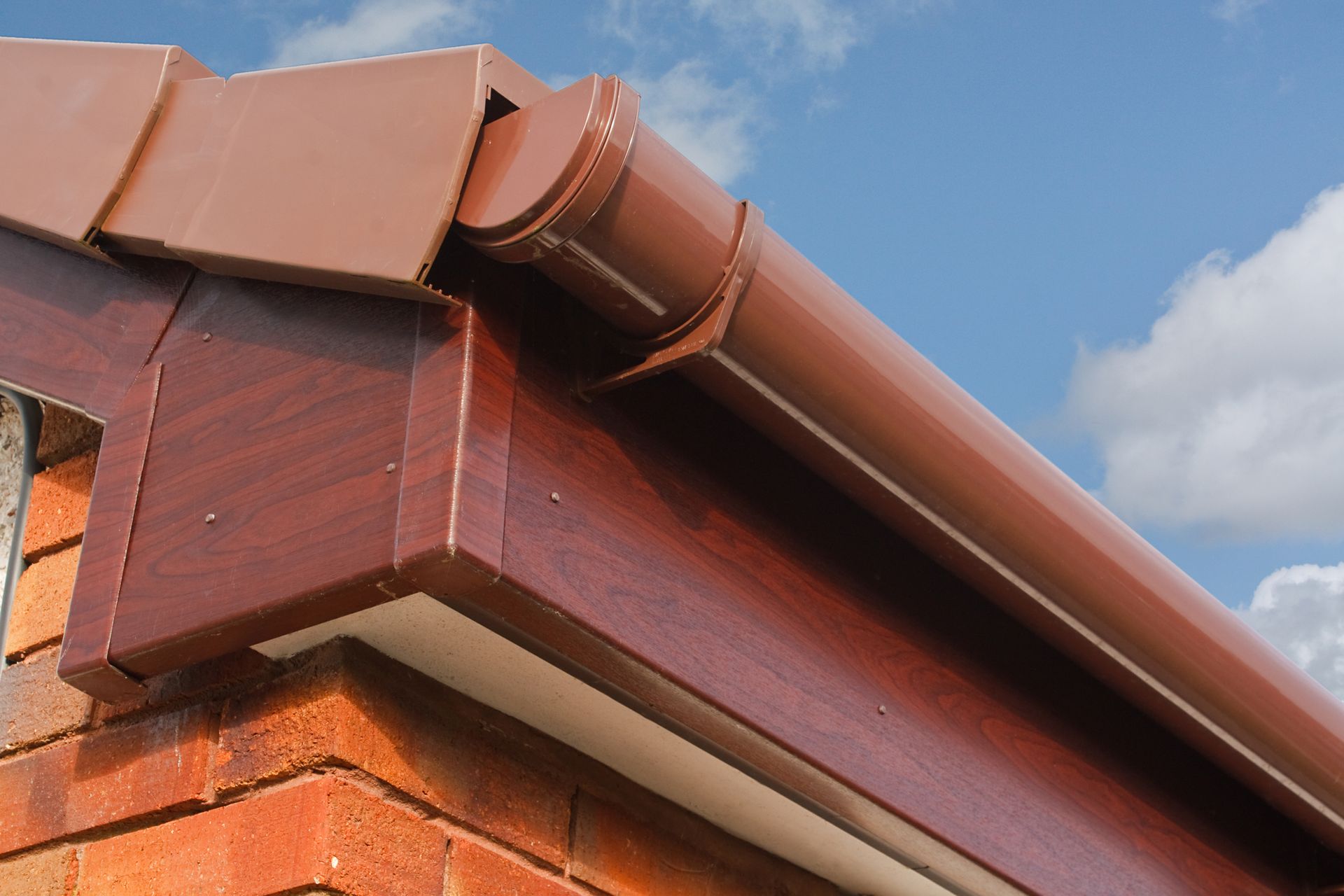Noises in Your Metal Roof During Winter? 3 Possible Explanations
Winter can be a beautiful and peaceful time of year. However, it can also be accompanied by unwanted noises in your home. One common source of winter noise for homeowners occurs in their metal roofs. The loud popping and cracking sounds can be worrisome and leave you wondering about the cause.
This blog post will help you understand the possible reasons for these noises and what you can do to address them.
1. Temperature Fluctuations
As the outdoor temperature drops, the metal in the roof contracts or shrinks. Conversely, when the temperature rises, the metal expands. This constant expansion and contraction is what leads to the popping and cracking sounds that you hear.
The metal is essentially moving, albeit minutely, in response to the temperature changes. This is a natural property of metal and isn't necessarily indicative of a problem with the roof. The sounds are more pronounced in winter due to extreme temperature differences between day and night.
But while these noises are generally harmless, they can become a cause for concern if they are unusually loud or frequent. Excessive noise could indicate too much stress on the roof due to rapid or extreme temperature changes. This could potentially lead to cracks or other damage that you might not be able to see.
2. Ice and Snow Buildup
When snow accumulates on your roof, it adds extra weight and pressure. As the temperature fluctuates, some snow can melt and refreeze into ice, exacerbating the weight issue. The additional burden can cause the metal roof to flex and make popping or creaking sounds, particularly when the ice shifts or moves.
Also, if ice dams form at the edges of your roof, they can prevent snowmelt from draining correctly. This trapped water can also contribute to the noise if it freezes and expands, causing the roof to flex. And when the remaining icicles eventually fall, they produce a loud noise that might resonate inside your house.
Metal roofs are designed to withstand a certain amount of weight, but always inspect them after heavy snowfall or ice storms. If the roof is damaged or strained, it might not be able to support the added weight and could potentially collapse. So when winter weather strikes, keep an eye on your metal roof and address any signs of excessive stress promptly.
3. Loose or Damaged Screws and Fasteners
Screws and fasteners form the securing bond between the roofing material and the structure of the building. If these screws become loose or damaged, possibly due to severe weather conditions, temperature fluctuations, or simple wear and tear, they can vibrate or rattle, causing an array of noises.
These sounds can be exacerbated by the wind or the contraction and expansion of the roof material due to temperature changes. Moreover, the extra weight of snowfall and ice on the roof can increase the stress on these fasteners, leading to more significant vibrations and sounds.
The noise generated by loose or damaged screws not only causes a disturbance but can also be a sign of potential structural issues. If the fasteners are not adequately securing the roofing material, it can lead to instability in the roof structure. Over time, this instability can result in gaps or cracks in the roofing material, allowing water and moisture to penetrate and damage the underlying structure.
This is particularly problematic in winter when melted snow can seep into these gaps, further widening them when it refreezes and expands. Also, if strong winds are common in your area, the roof itself can be at risk of being lifted or damaged if the fasteners are not secure.
Contact United Roofing LLC for professional metal roofing installation, maintenance, and repairs. We'll use our expertise to ensure that your metal roof remains in top condition throughout the winter and beyond.
